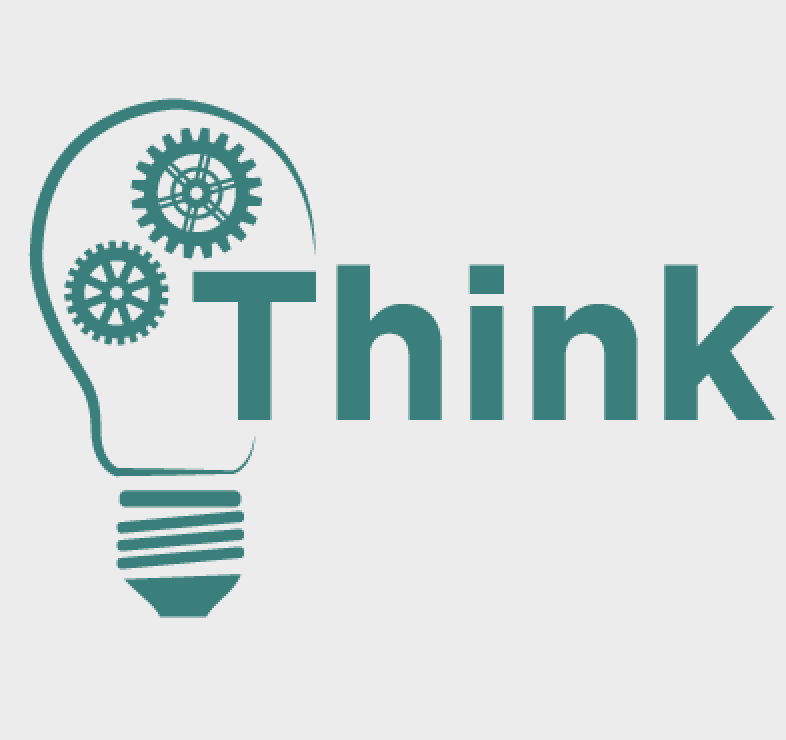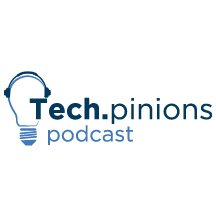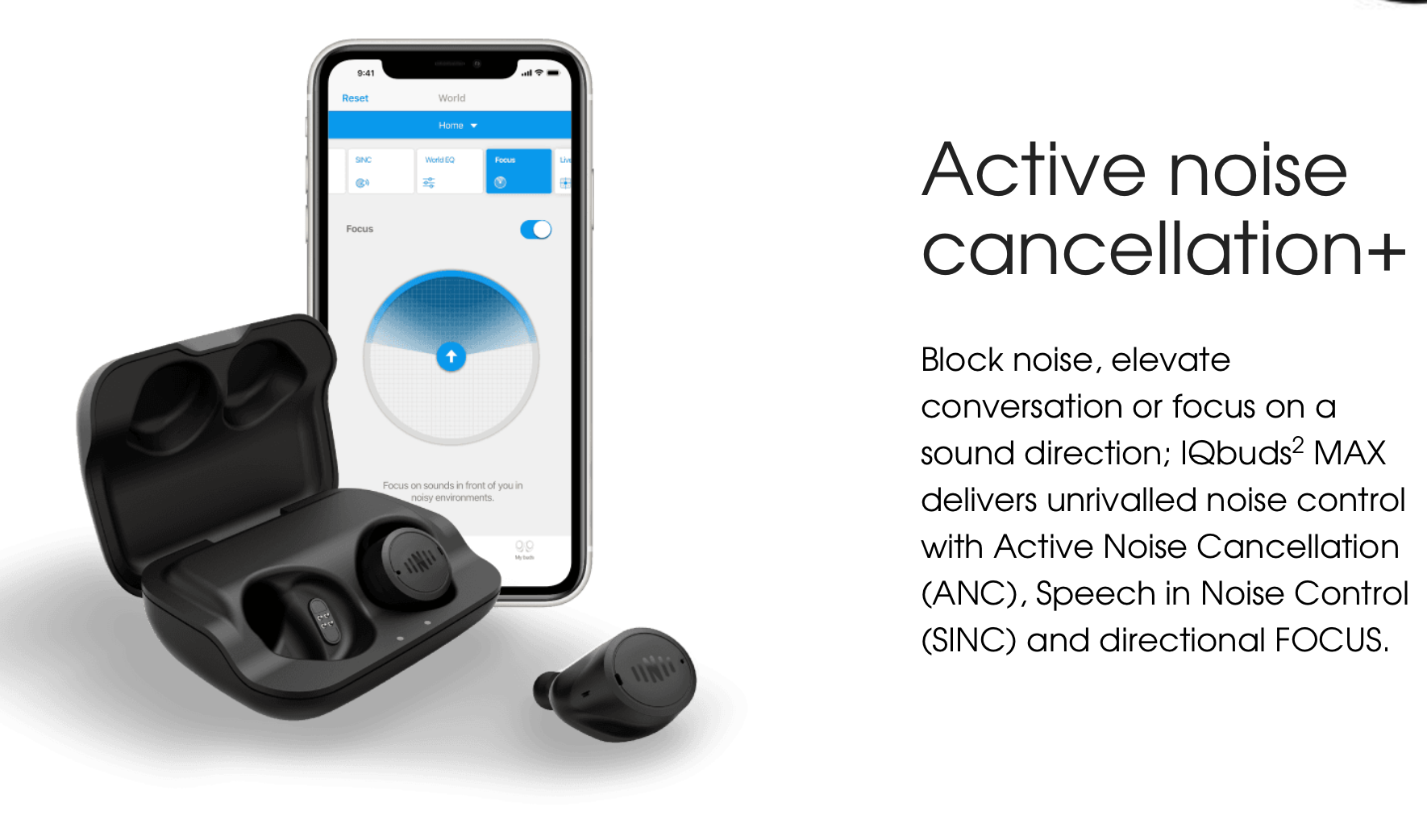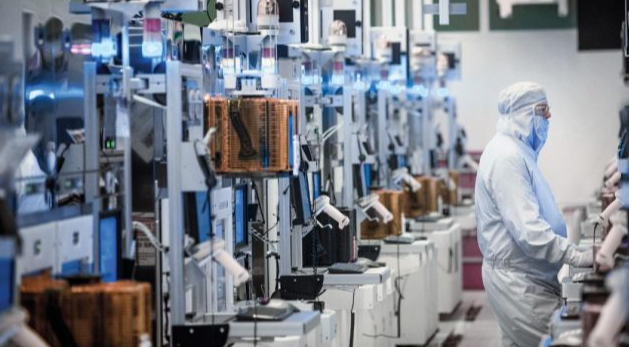Helping Intel stay in the semiconductor manufacturing game should be among one of the highest priorities for all US-based technology companies. While TSMC is the leader in manufacturing process technology, they remain a geo-political risk should China decide to enforce its will on the region. Samsung is not far behind, but being a Korean company, again, future politics guarantee no safe bets. Having a leading semiconductor company founded and based in the US is incredibly strategic given how critical semiconductors are to our digital future. Apple may be one of the only companies that can help Intel right the ship.
Why Intel is in this Position
It took a combination of slowing CapEx spends for leading-edge fabs and technical hurdles transitioning from one process node to the next for Intel to now be two process nodes behind TSMC and Samsung. As I wrote for subscribers last week, there are reasons for Intel to hold out hope internally that their process and their architecture are good enough to keep their current course. But when you analyze how Intel got here, it hangs heavily on the volume of premium and cutting edge semiconductors moving to Arm and not x86.
At its best, the x86 market is a 330-350m a year in total shipments for client and server CPUs. Arguably, only a small fraction of that market sells at premium price points necessary to justify the investment in cutting edge process technology. Once upon a time, Intel was increasing their CapEx annually and roughly every 18-24 months, building out a new foundry for cutting edge process. As the PC market matured and refresh rates dramatically slowed, it made it harder for Intel to justify the CapEx for leading-edge nodes on a two-year cycle, and thus they moved more to a 3.5 to a four-year cycle.
The story is a bit different with Arm. When you see the economics of smartphones and the sheer volume of annual smartphone shipments ~1.2 billion, with premium smartphone sales being ~300-350 million (compared to 60-70m for PCs), it is easier to see how this market was large enough and economically stable enough for TSMC to keep investing in leading-edge process technology so aggressively. But, while few may want to admit it, Apple is a big reason TSMC is able to confidently keep investing in cutting edge process technology. Because the bottom line is, you need to have a customer(i.e., product demand) to justify the investment. Apple is a big enough customer of premium smartphone chips and thus worth it for TSMC. Intel alone is no longer a big enough customer of premium PC and server chips, and thus their ability to spend on leading-edge fabs suffered.
The hard truth for Intel is the x86 market alone is not big enough for Intel to justify the CapEx for leading-edge foundries. And that challenge is compounded by the fact that Apple was Intel’s largest customer for premium x86 chipsets, and now Apple has moved to Arm, and x86 chips are not Apple’s future. If Intel continues in the foundry business, they have no choice but to make chips for other customers, AND they need to be a full Arm foundry. Something they attempted and failed at for a variety of reasons. There is where a joint venture between Apple and Intel could be strategically beneficial to both companies.
How Apple Helped TSMC Achieve Process Leadership
I don’t want to dismiss the technological achievement of TSMC by being the first foundry to 7nm, 5nm, and likely the first to 3nm. Anyone who knows transistor designs knows how hard it is, at a micro level, to keep shrinking silicon. However, Apple helped make it easier for TSMC to justify the RND and CapEx costs and to continually invest in leading-edge process technology by being their largest customer, always committing to the latest node. I am not convinced TSMC would have the clear lead they do in process tech without Apple.
As a customer of supply chain components, Apple likes to buy in advance, in bulk, and write big checks to secure pricing and inventory. This played a role in TSMCs confidence to keep striving and investing in cutting edge foundries. While there is no official joint venture between Apple and TSMC at a foundry level, it is a deep partnership. TSMC has committed space, equipment, and supply to Apple. Even if not a JV or partnership on paper, it is very close to that in reality. But, TSMC is the only game in town for Apple to build their A series and M series chips on the leading-edge process. And this is where the real risk comes in and why Apple may want to have Intel as a plan B.
TSMC and Geopolitics
There is no secret among semiconductor insiders that TSMC, based in Taiwan, is a strategic technology asset for both the US and China. It is also no secret, China is spending large sums of dollars trying to develop semiconductor independence, and a lot of that strategy hangs on their own local foundry, SMIC.
If you follow the news, there are worries of increased tension between China and Taiwan. Taiwan is independently governed. But China considers it part of its territory. While a lot of my logic is game theory at this point, should China consider TSMC essential to their plans for semiconductor independence, which would also grant them semiconductor leadership, it is not out of the realm of possibility that China could officially reclaim the region. Nearly every technology executive dealing with the supply chain I know has been worried about this and I’m sure it is on Tim Cook’s radar as well given his deep knowledge of the Asian supply chain.
In that scenario, the risk for Apple and the many other companies who manufacture their semiconductors with TSMC is China either prioritizing their needs at TSMC over others or cutting off supply as a whole. Again, not a great business, but not out of the realm of possibility given how central semiconductors are to our digital future.
Samsung is another option as Samsung Semiconductors is rolling out their 5nm solution, and it appears to be quite good. Samsung Semiconductors also makes chips in the US at a foundry based on US soil, and Samsung as a backup is a viable option. Unless, of course, semiconductors’ importance does indeed become a national strategic asset for the future, and thus Korea decides to pull Samsung back locally. Even if one doesn’t buy Samsung is geopolitical risk, should the worst-case scenario happen with TSMC, Samsung would be in a position to be the only leading-edge fab companies like Apple, Qualcomm, Nvidia, AMD, could use and could create price hikes and supply constraints.
Back to Intel
What I’m laying out is a worst-case scenario, but it is a plausible scenario. Intel is the only future-forward guarantee to a foundry from the perspective of US-based companies making computing devices. And because Apple is the largest purchaser of premium semiconductors on the cutting-edge process, Apple is the best positioned to do a joint venture with Intel to help them invest in future nodes and secure space in their foundries for all their future Arm-based products. This would position Apple to make their Arm-based chips on US soil with a US company.
A move like this would be highly strategic and beneficial for both Apple and Intel, and the US. Of course, Apple could be a part of a JV between TSMC and Intel where TSMC 5 or 3nm chips are made for Apple and Intel foundries, but there is still a risk and no guarantee Apple would have continued access to TSMC technology should China be aggressive. As I said, Intel is the only guarantee in what may become an actual chip war between nations.










